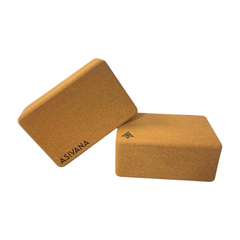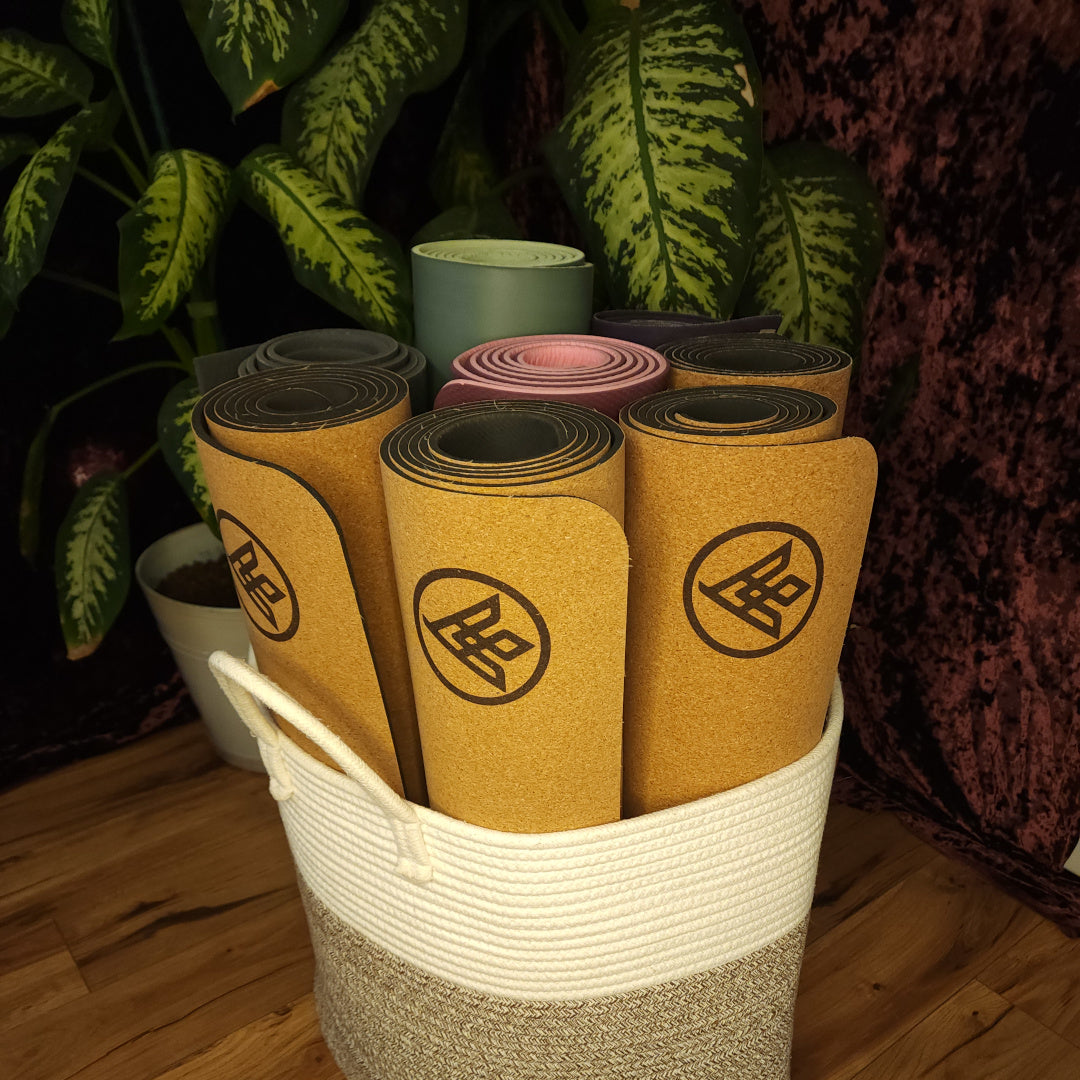Akasha (Space, Ether, Vastness)
Jack UtermoehlAkasha is a Sanskrit term meaning "space" or "ether."
It is considered the subtlest of the five great elements (pancha mahābhūtas) in yogic and Ayurvedic philosophy.
Akasha represents openness, vastness, potential, and the unseen container of all things. It is not just physical space but the energetic field that allows sound, movement, and consciousness to exist. It is both form and formless, presence and possibility.
Etymology and Meaning
Sanskrit Spelling: आकाश
Root Word: "Ā" (toward) + "Kāśa" (to be visible, to shine)
Translation Variations: Space, ether, sky, openness, subtle realm
Pronunciation: Ākāśa [ah-KAH-shah]
Akasha is the container for all other elements—it is the backdrop in which air moves, fire radiates, water flows, and earth rests. It symbolizes both emptiness and infinite potential.
Akasha in Yogic and Spiritual Philosophy
Akasha is recognized as foundational in both the physical and subtle bodies:
- In Ayurveda: Akasha governs hearing and is associated with the ears and throat, carrying sound vibrations.
- In Yoga: Akasha connects to the throat chakra (Vishuddha), governing communication, expression, and subtle vibration.
- In Vedanta: Akasha is seen as the first element to emerge from consciousness, representing the pure potential of creation.
It is often experienced in deep meditation as a feeling of inner spaciousness or stillness—the silent awareness behind all thoughts and sensations.
Symbolism and Elements
- Color: Deep blue or violet, symbolizing depth, stillness, and the infinite.
- Element: Ether—ungraspable, unbounded, ever-present.
- Mantra: Ham, the bija seed sound associated with the throat chakra and the power of vibration and sound.
- Mudra: Akasha Mudra, joining the middle finger and thumb to balance space energy in the body.
Yoga Essentials for Your Practice
Support your yoga journey with high-quality, sustainable props designed for comfort and stability.

Crafted from eco-friendly cork for durability and a comfortable practice.
$24
Shop Now
Includes everything you need to get started: a mat, blocks, and a yoga strap.
$120
Shop NowPractical Application
In Yoga Practice
- Practice stillness-based forms such as meditation, Yoga Nidra, or Yin Yoga to tune into subtle awareness.
- Use breath retention (kumbhaka) to create internal spaciousness.
- Chant or work with sound to explore the energetic qualities of vibration within space.
In Daily Life
- Embrace silence and stillness—turn off distractions and listen deeply.
- Create physical and mental space by simplifying your environment and routines.
- Reflect on your own openness to possibility, spaciousness in thoughts, and receptivity to the unknown.
Quotes and Wisdom
"In the space between thoughts, we meet the infinite."
"Akasha is not empty—it is full of potential, vibration, and awareness."
Modern Relevance
In our noisy, overstimulated world, the qualities of Akasha—silence, spaciousness, and stillness—are increasingly valuable.
Whether through meditation, mindful listening, or decluttering the mind, connecting with this element brings calm, clarity, and connection to something greater than the self.
Related Concepts
Pancha Mahabhutas: The five great elements—earth, water, fire, air, and space.
Vishuddha Chakra: The throat energy center associated with sound and expression.
Shunyata: Emptiness or spacious awareness in Buddhist philosophy, closely related to Akasha.
Related: Shunya Mudra (Gesture of Emptiness)
How to Connect with Akasha
Mindset: Value openness, silence, and inner spaciousness as doorways to wisdom.
Actions: Meditate, simplify, and embrace the unknown with curiosity.
Reflection: Ask, “Where can I create space in my life—for rest, for intuition, for the sacred?”
Suggested Reading
- The Upanishads
- Prakriti: Your Ayurvedic Constitution by Dr. Robert Svoboda
- The Radiance Sutras by Lorin Roche
Conclusion
Akasha, the element of space, teaches us to listen deeply, rest in stillness, and embrace the infinite potential of the present moment.
In yoga and life, it is the ever-present field in which all experience unfolds—a reminder that emptiness is not absence, but possibility.






